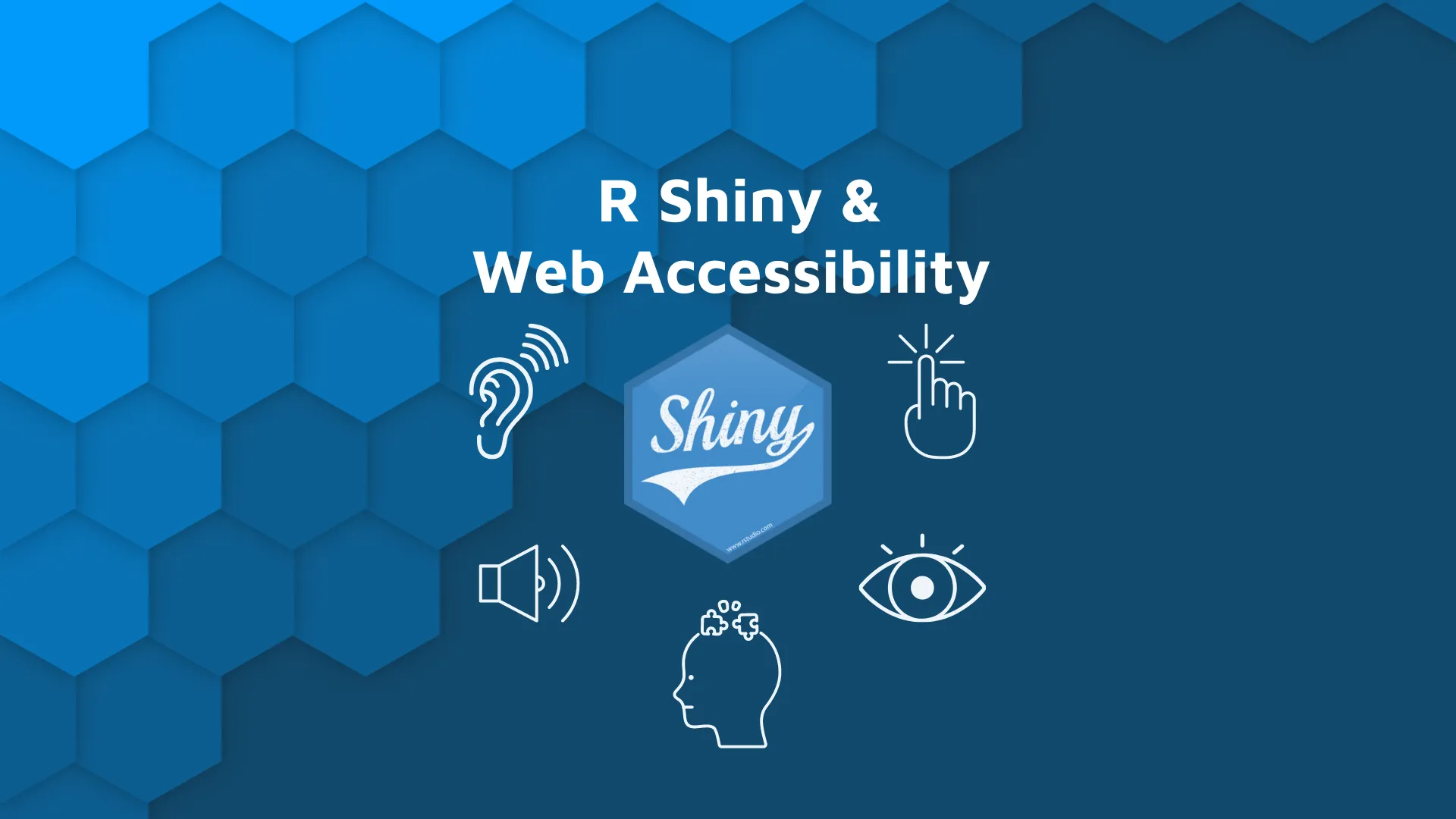What Is Intelligence Augmentation? Decision Making Support Systems #2

In the previous post, I started a case for <b>decision support systems</b> as opposed to “human replacement systems.” To incorporate AI into your organization, consider a different approach using the same tech: <b>Intelligence Augmentation</b>. <h2>What Is Intelligence Augmentation?</h2> Intelligence Augmentation is concerned with leveraging machines to enhance human intelligence. It’s a partnership between person and machine in which both parties contribute their strengths. Or as Alex Bates, author of <a href="https://www.amazon.com/Augmented-Mind-Superhumans-Economic-Revolution-ebook/dp/B07DHYXMQ6"><i>Augmented Mind: AI, Humans and the Superhuman Revolution</i></a> puts it, the “goal is to minimize the number of open loops people must keep in mind at any time,” opening up bandwidth for people to create, lead, and innovate. It’s a recognition of the unsung hero of the AI revolution -- humans! The idea of machines amplifying human abilities isn’t new, and it has a lineage leading to the present. In 1950, J.C.R. Licklider proposed cooperation between people and computers in “<a href="https://groups.csail.mit.edu/medg/people/psz/Licklider.html">Man-Computer Symbiosis</a>.” In this partnership, machines do the <b>routinizable</b> work, freeing up humans to be creative: <i>“One of the main aims of man-computer symbiosis is to enable men and computers to </i><b><i>cooperate</i></b><i> in making decisions and controlling complex situations without inflexible dependence on predetermined programs… In the anticipated </i><b><i>symbiotic</i></b><i> partnership, men will set the goals, formulate the hypotheses, determine the criteria, and perform the evaluations. Computing machines will do the </i><b><i>routinizable</i></b><i> work that must be done to prepare the way for insights and decisions in technical and scientific thinking.</i> Interesting to note that the last sentence about “routinizable work” is quite similar to what Andrew Ng <a href="https://www.deeplearning.ai/blog/andrew-ng-at-amazon-remars-2019/">describes elsewhere</a> as a good candidate for an AI project at a firm. Another proponent of Intelligence Augmentation was technology pioneer Douglas Engelbart, who in 1962 wrote “<a href="http://dougengelbart.org/content/view/138">Augmenting Human Intellect: A Conceptual Framework</a>”: <i>By "augmenting human intellect" we mean increasing the capability of a man to approach a complex problem situation, to gain comprehension to suit his particular needs, and to derive solutions to problems. </i> <i>We refer to a way of life in an integrated domain where hunches, cut-and-try, intangibles, and the human "feel for a situation" usefully co-exist with powerful concepts, streamlined terminology and notation, sophisticated methods, and high-powered electronic aids."</i> Douglas Engelbart went on to give what has been called “<a href="https://en.wikipedia.org/wiki/The_Mother_of_All_Demos">The Mother of All Demos</a>” at a conference sponsored by the Association for Computing Machinery/Institute of Electrical and Electronics Engineers (ACM/IEEE) in 1968. He introduced a select group to practically all of the elements of what would later become personal computing. <img class="wp-image-2939 size-full" src="https://webflow-prod-assets.s3.amazonaws.com/6525256482c9e9a06c7a9d3c%2F65b39d7f5e93c3f0b6f24aa9_unnamed.webp" alt="douglas engelbart mother of all demos " width="512" height="178" /> Prototype of the modern PC from the 1968 <a href="https://www.youtube.com/watch?v=yJDv-zdhzMY">Mother of All Demos</a>. The “Mother of All Demos” influenced the <a href="https://en.wikipedia.org/wiki/PARC_(company)">Xerox PARC</a> project, which in turn had a profound influence on Steve Jobs and Bill Gates (and we know what they did with the inspiration). Other IA-inspired tools have emerged, notably <b>brain-to-machine interfaces</b> (BMI) like <a href="https://neuralink.com/">Neuralink's</a>. Elon Musk, one of the founders of Neuralink, stated that his long term goal is to achieve <a href="https://www.businessinsider.com/elon-musk-ai-could-turn-humans-into-endangered-species-2018-11?IR=T">symbiosis with artificial intelligence</a> to curb existential threats to humanity posed by Artificial Intelligence. Elon Musk’s choice of words to describe Neuralink’s aims is interesting and I’m sure not accidental; they hearken back to Mr. Licklider’s 1950’s vision of “Man-Computer Symbiosis.” <img class="aligncenter wp-image-2938 size-medium" src="https://wordpress.appsilon.com/wp-content/uploads/2019/10/neuralink-4-1280x720-600x338.jpg" alt="what is intelligence augmentation / neuralink" width="600" height="338" /> Brain-to-machine interfaces are fascinating and might be commercially available in the near future. In the meantime, consider implementing <b>IA</b> tools for your workforce, such as an ML-based dashboard that runs on an iPad or Android tablet and allows salespeople to see the history of deals made with a client and <b>suggested</b> prices or discounts for a product. Or consider an application that makes recommendations about the optimal deployment of hundreds of varying models of machines that are based in different locations in a region. The model processes and displays the incoming data points for the human expert, who can then in turn make business decisions. Appsilon Data Science has built applications for both scenarios. I’ll describe more examples of IA applications in the next blogpost. So Intelligence Augmentation, operating in the shadow of its sibling Artificial Intelligence, continues to exist as an idea and has its own lineage of devices that it inspired. IA offers the hope of a continuing, fruitful partnership between people and machines, each contributing its strengths to take on the multiplicity of challenging projects in the world today. In the to-be-released posts in the "Decision Making Support Systems" series, we will explore the following topics: <ul><li>Differences Between IA and AI</li><li>An Example of IA at Work Today</li><li>When Is IA Superior?</li><li>How to Implement an IA Solution</li></ul> Thanks for reading! If you have comments or questions, please add them below and/or reach out on Twitter at <a href="https://twitter.com/_joecha_">@_joecha_</a>. <h2>Follow Appsilon Data Science on Social Media</h2> <a href="https://twitter.com/appsilon">@Appsilon</a> is on twitter! Check us out on our <a href="https://www.facebook.com/appsilondatascience/">Facebook</a> page! Check us out on <a href="https://www.linkedin.com/company/appsilon">LinkedIn</a>! And don’t forget to sign up for our <a href="https://appsilon.com/blog/">newsletter</a>. Check out our R Shiny <a href="https://appsilon.com/opensource/">open source</a> packages!





